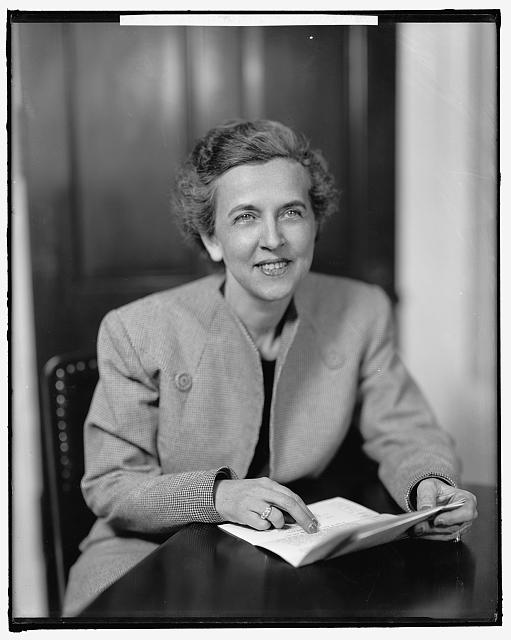1946 Fifth District Congressional Election

James Curran Davis, the opponent of Randolph Thrower in 1956, owed his political career to the county unit system. In 1946, Davis ran against Helen Douglas Mankin, the Democratic incumbent and the first woman elected to the U.S. Congress from Georgia. Mankin won the popular vote 53,611 votes to 42,482, thanks in large part to the African American vote, which had doubled in the district primaries since the 1944 Supreme Court decision invalidating the white only Democratic primaries.
But since Davis won two of the three counties of the Fifth district, he declared himself the winner. No Democrats had claimed victory based on the county unit votes in the urbanized 5th district since 1932. As both Davis and Mankin refused to concede the election, the party was plunged into a crisis.
The State Democratic Executive Committee struck a compromise and announced that they would print both names under the Democratic column for the 1946 general election. However, Eugene Talmadge, who had taken control of the Democratic state executive committee after his victory in the gubernatorial primary, could not stand “the spectacle of Atlanta Negroes sending a Congresswoman to Washington.” A few weeks prior to the election, he overrode the decision of lame-duck governor Ellis Arnall and had Mankin’s name removed from the ballot. As a result, James C. Davis easily won the congressional election in the Fifth District.
Atlanta lawyer Baxter Jones, Jr. challenged Davis in the 1952 primary, only to suffer the same fate as Mankin: Jones won the popular vote but lost the county unit votes to Davis. It is with these two controversial victories in mind that during the 1956 campaign, Randolph Thrower branded Davis as the “Crown Prince of the county unit system.”
 |
 |